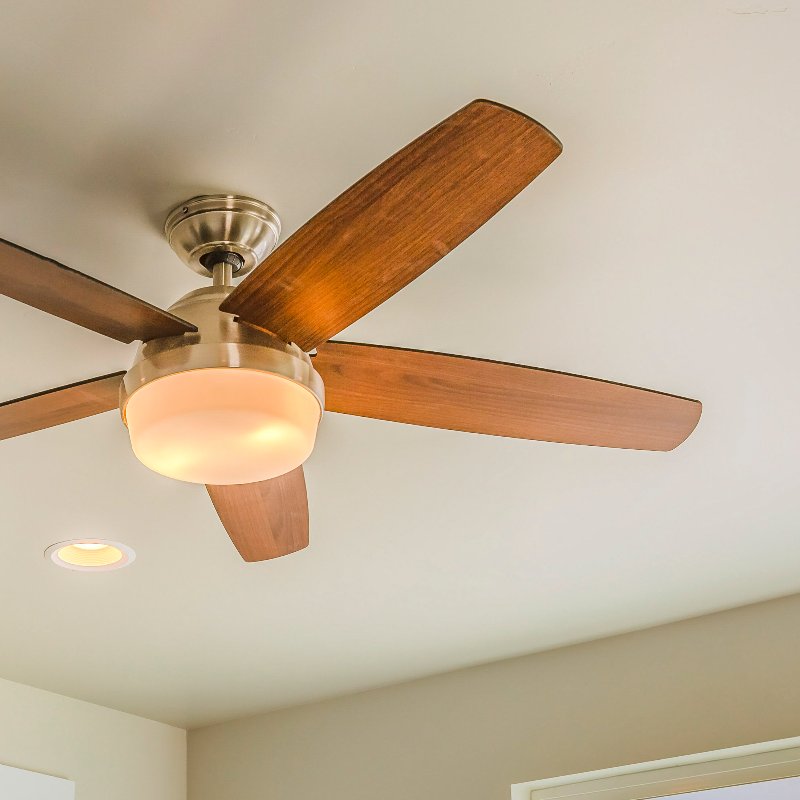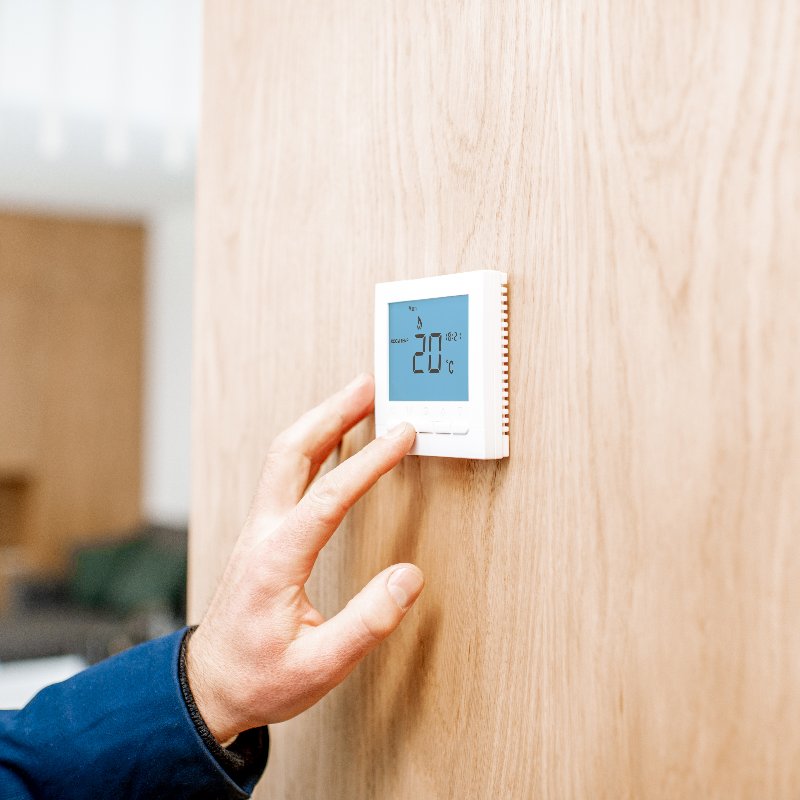
Dealing With Damaged AC
Even when the calendar says it is still spring, in New Orleans and the surrounding area, it feels like summer already. The heat and the humidity are here to stay, making air conditioning a ‘must have’, but what do you do when your air conditioning quits working and you’re waiting for an air conditioner repair service? What other methods for cooling a home can you use to get through the hot and humid summer?
What do you do if your house doesn’t have air conditioning? Here are nine ways you can keep cool at home while waiting for your air conditioner repair technician to arrive (or worse, waiting for a part to arrive that will get your air conditioner repaired!):
1. Make Your Ceiling Fans Spin Counterclockwise: Most people do not realize that there are two settings on ceiling fans: clockwise and counterclockwise. During the sweltering summer, with or without your air conditioner repaired, set it to spin counterclockwise. And if you are waiting for an air conditioner repair technician, set it at the highest speed. This will create a breeze and keep the heat up at the ceiling.
2. Close the Curtains: When you are waiting for air conditioner repairs, you want to keep the sunshine out of your home, so close the curtains when the sun is beaming through the windows.
3. Open the Windows: You may be asking yourself – should I open the windows if the AC is out? Yes, once the sun starts going down, open the windows for the cool night air to enter, which will also eliminate the stuffiness inside.
4. A DIY ‘Air Conditioner’: Build a DIY air conditioner by filling bowls or pans with ice, then position it in front of stand fans. Does putting ice in front of a fan work? Absolutely, the ice will melt, and the fan will create a cool mist by blowing particles of the cold water around the rooms.
5. Turn On Exhaust Fans: Use the bathroom and kitchen exhaust fans to pull out the hot, humid air while waiting for the air conditioner repair.
6. Drink Lots of Water: While waiting for your air conditioner repair service, make sure everyone in the house is drinking plenty of water. This keeps the body temperature regulated and hydrated.
7. Get a Cross Breeze: Yes, a fan pushes hot air around, but if you place two fans in the right positions, you can create a cross breeze. This will create two airflows, one blowing the cool air toward you and one pulling hot air away.
8. Keep the Oven and Stove Off: It’s basic common sense that the oven and stove will create heat, so use the microwave and grill outside while waiting on your air conditioner repair to be done.
9. Cold Showers: A cold shower during the hottest part of the day is a quick way to cool down!
Once your air conditioner repairs are done, take steps to keep it running, or consider not using it as much. Is it cheaper to run the fan or the AC? It only makes sense that a fan doesn’t use as much energy as an air conditioner when you consider the amount of energy it takes the two types of cooling to function. It is a matter of apples to oranges when comparing the two sources.
Why? Because they do different things. Where an air conditioner will lower the temperature in a room, a fan just moves the existing air around faster. The fan evaporates the sweat, making you feel cooler, but when the temperature hits the nineties, the fan is blowing 90-degree heated air. The air conditioner, however, is lowering that 90 degrees to 78 degrees.
Use both and save money! Because a fan evaporates the sweat and makes you cooler, the air conditioner can be set at a higher setting. For each degree you raise the thermostat, you are saving as much as 4% on your energy costs. That doesn’t sound like much does it? Do the math though and you’ll get hot under the collar thinking about how much money you could be saving:
Example: Your air conditioner costs you $180 each month with the thermostat set at 71 degrees. Raise that thermostat to 78 degrees, your energy bill drops to $125 per month. Turn a fan on and that 78-degree setting will fill like 71 degrees, while you are saving money!
How many hours should your AC run per day?
Ideally, an efficiently maintained air conditioner that is running properly will cycle every fifteen to twenty minutes 2 to 3 times an hour. The higher the temperature is outside and the higher the setting on the thermostat, the longer the air conditioning will run. All in total, within a 24-hour period, your air conditioner shouldn’t run more than 8 hours.
If you notice it is cycling more frequent than every 20 minutes and seems to run more than 8 hours in a 24-hour period, change the air filter. If that does not help, you should schedule a professional air conditioner repair service.
What happens if the AC runs for too long?
If your air conditioner is constantly running, the pressure in the cooling coil or evaporator is reduced and cause them to freeze up. Once the coil or evaporator freezes up, if the air conditioner is kept running, it can burn out the compressor, leaving you with either a big air conditioner repair bill, or even needing a new air conditioner altogether.
Should I leave the AC on when I’m not home?
This is when having a programmable thermostat is needed! You can program the thermostat at 80 degrees while you’re at work and have it drop to 78 degrees within an hour of being home. Then the house is nice and cool when you arrive! You can do the same type of setting at night too.
If you do not have a programmable thermostat (get one if you don’t!), yes, you should leave the air conditioner on, at a higher setting. Keeping the air conditioner turned on will keep the indoor air supply dehumidified and minimize the chance of mold developing inside your home.

Closing Up For Summer
To Keep Cool – What is the best AC temperature to save money? The EPA (Environmental Protection Agency) advises us to keep the thermostat at 78 degrees during the summer. While most of us prefer 72 degrees (many of us like it even lower), this slightly elevated temperature setting will balance the cost of your air conditioning so that you aren’t wasting money on cooling air when the thermostat is already low. Again: Think Programmable Thermostat!
